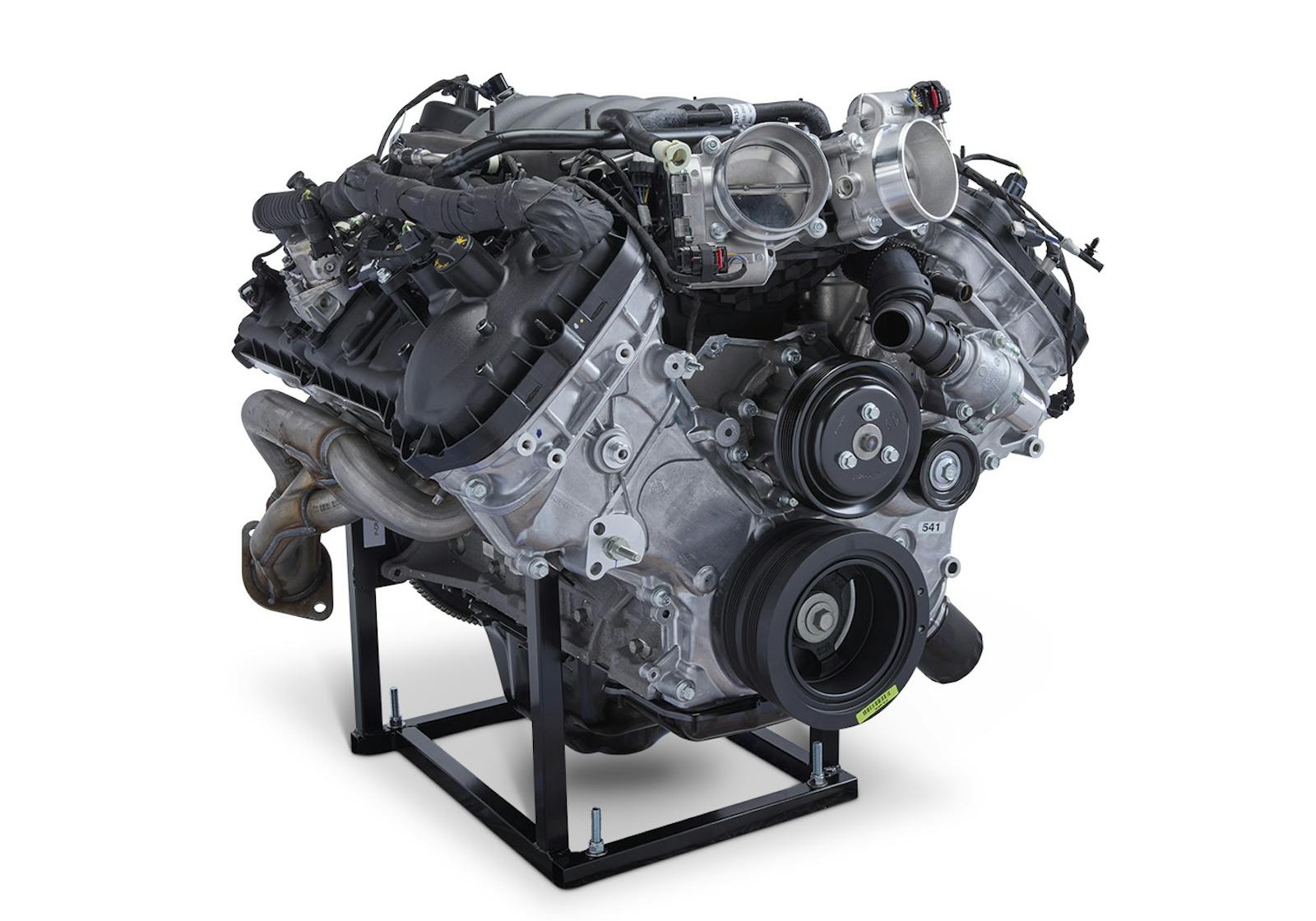3 things we learned from the 2019 Monterey auctions
This year’s Monterey Auction Week experienced the single biggest decline in year-over-year auction totals since 2001 with a 34 percent fall, so naturally there is a lot to discuss. Words like “massacre” have been lobbed out there, but the big picture is likely more nuanced. Certain segments are indeed bloodied (ultra-expensive cars with anything less than perfect provenance), but others continue to grow (entry-level offerings). Here are three takeaways to consider in the immediate aftermath.
The market has changed
20190817035120)
There is no explaining away the fact that nearly $120M vanished from one year to the next. Yes, overall condition was down at the auctions; yes, the star power this year was slightly dimmer; yes, plenty of cars sold for strong money. All that is true, but ultimately the overall market skidded. All major metrics were down including sell-through rate, average sale price, and median sale price, and following three years of market equilibrium, buyers clearly have an advantage. Expect inventory to contract as all but the most motivated sellers pause to evaluate whether this shift is enduring or not. Those who do decide to sell will need to quickly come to terms with buyers’ expectations.
But this time is different
20190816012811)
We’ve seen market corrections before, but this course is starting from a different place. Car collectors most often point to 1990 and 2009 when talking about down cycles, but 2019 doesn’t share the same hallmarks. The 1990 crash was a speculator-fueled bubble that finally popped in spectacular fashion, as all bubbles tend to do. The 2009 downturn was a casualty of a collapsing housing market, tightening credit, and the overall fallout from the Great Recession. This year seems to be more anticipatory and reflective of broader market jitters.
As collector cars are viewed more and more as an asset class they are also forced to compete in that arena. Perhaps we will begin to see a level of volatility for car prices that looks more like the stock market. Or this year’s numbers could more accurately be serving as a barometer of high-end consumer confidence in the global economy.
Opportunity exists
20190816125447)
Even though the market is shifting, astute buyers can capitalize on slipping prices. Those folks who bought in the last three years and are now pressured to sell for whatever reason will likely take a hit, meaning folks who were priced out of a particular model may now have a second shot. Those buyers who are looking to keep a car for three to five years can probably get a bargain. The key variable here is hold time. Those buyers who have had their car for longer than 60 months are likely still in a very good spot.
The Monterey auctions historically set the tone for the remainder of the year so the next month will be critical in showing whether buyers and sellers are spooked. But given the results of the past week, buyers should make sure they do their homework and become familiar with the new market and all its emerging facets before making a major purchase.
20190816125850)

